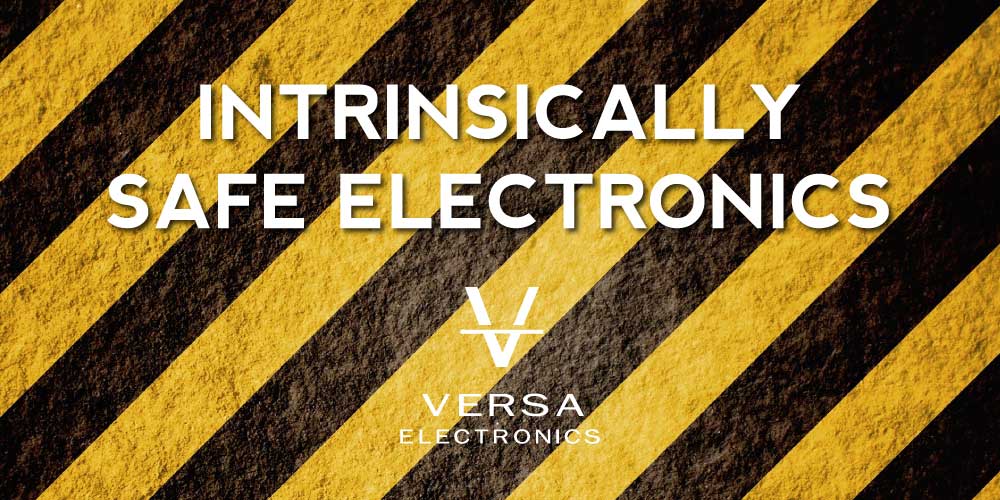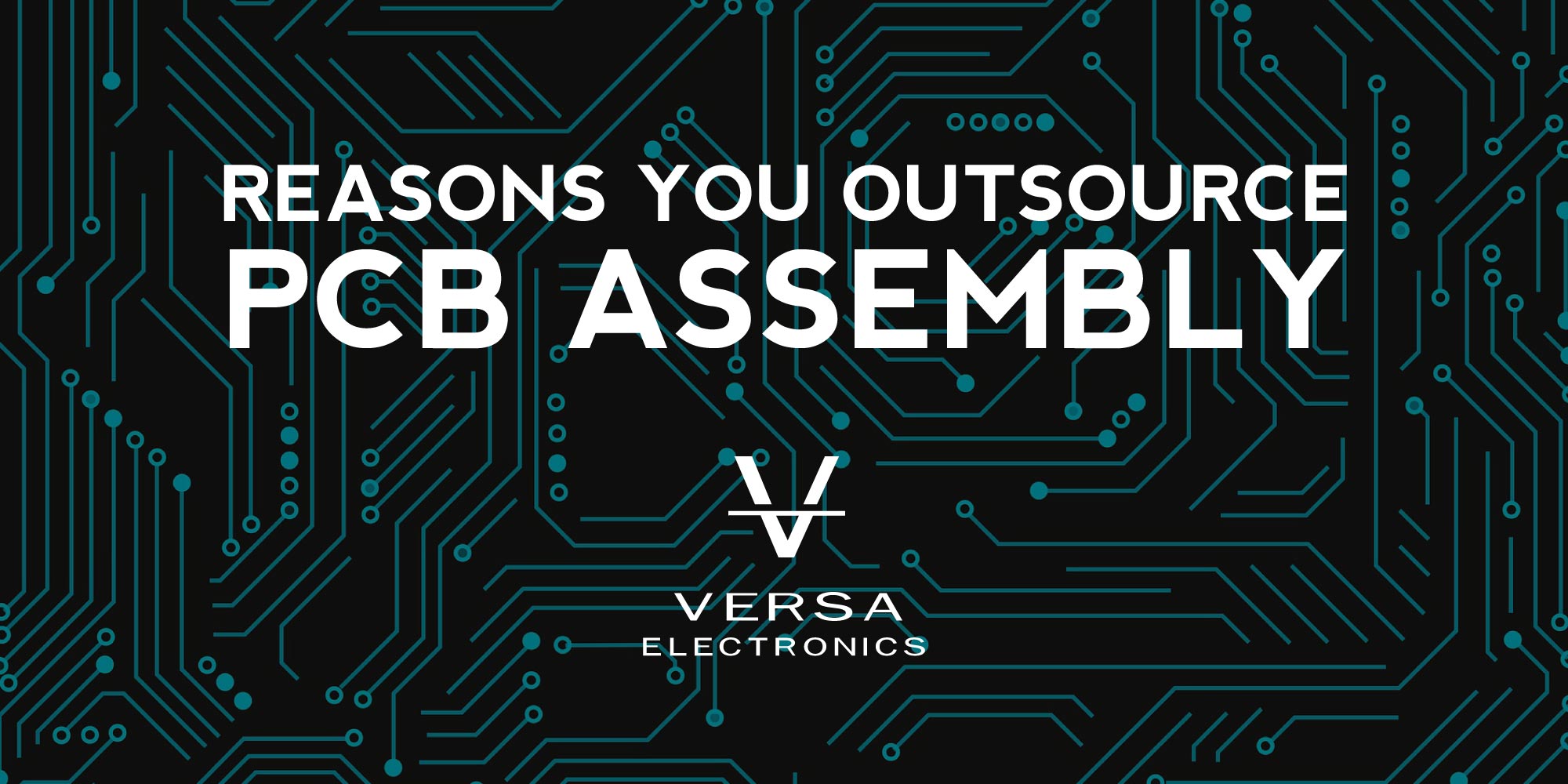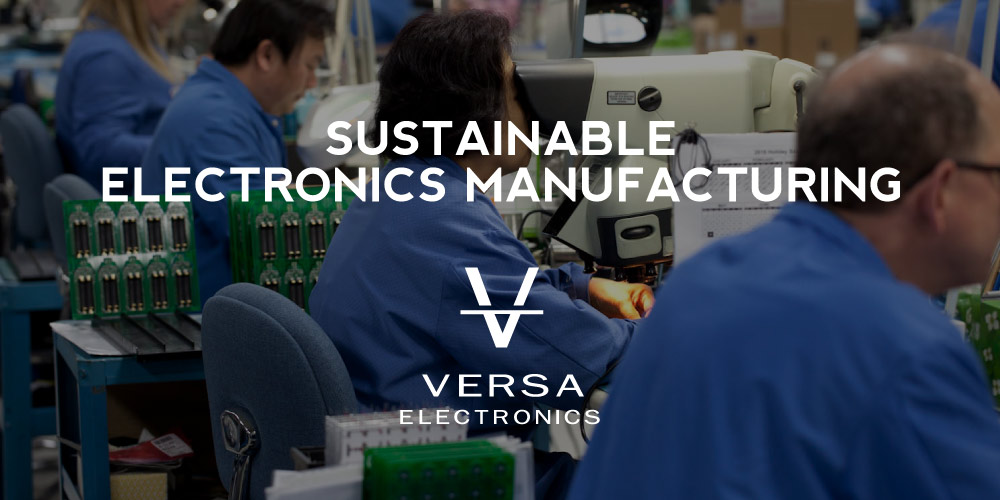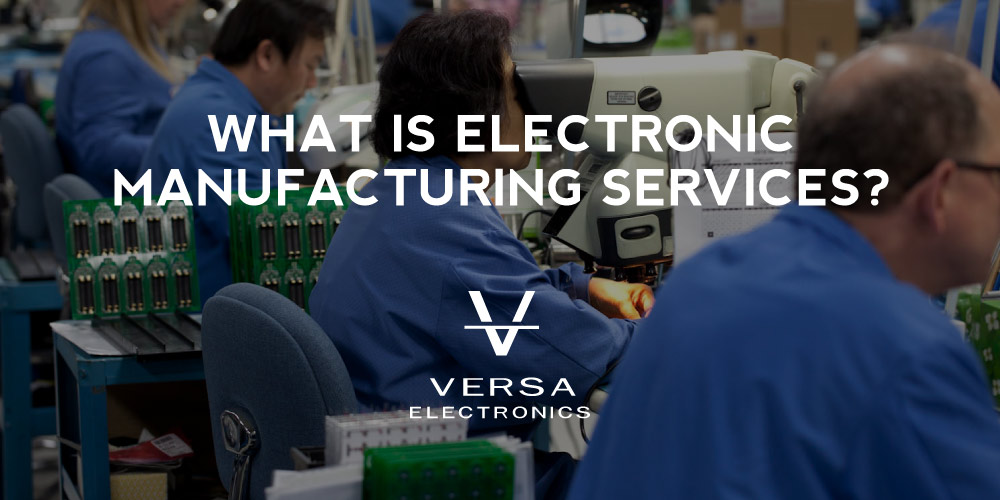Workplace health and safety procedures are crucial for the well-being of both employees and employers. All industries have safety risks, but in high-risk environments, people face real dangers as they earn their livelihood.
When designing electronic equipment for use in potentially explosive environments – such as oil rigs, mines, processing mills, or chemical production facilities – the design has to be safe enough to guarantee the wellbeing of all involved.
A potentially explosive environment is one where concentrations of flammable gases, vapors, or dust occur. Generally speaking, there are three different methods to prevent explosions in industrial facilities:
- Prevent an explosive atmosphere from being formed
- Prevent the expansion of flames
- Prevent sparks, discharges, and self-ignition
However, in potentially explosive environments, a combustible gas or dust atmosphere could be present continuously or for long periods or is likely to occur during normal operations. In such cases, protection from an explosion can be achieved by using explosion-proof apparatus or purging the explosive gas from the electrical equipment.
Still, it’s important to construct equipment in a way that prevents sparks, discharges, and self-ignition. Now, this is where the design of intrinsically safe electronics comes into play.
What Is Intrinsically Safe Design?
Intrinsically safe electronics contain explosion-proofing designs in that the circuitry or equipment itself is incapable of producing sufficient electrical or thermal energy to ignite an explosion, whether operating in normal or abnormal conditions.
As such, intrinsic safety is a protection practice based on limiting the current voltage and stored energy within an electric circuit.
What’s the difference between intrinsically safe equipment and explosion-proof equipment? Explosion-proof apparatus are designed to contain an explosion inside an enclosure. Intrinsically safe electronics are those that do not produce enough power to cause an explosion in the first place.
Electronics designers have to be aware of several ignition sources when designing equipment for use in hazardous areas. Industrial equipment is typically at risk of internal sparks, overheating, and short-circuiting. Other ignition sources include mechanical sparks (produced when moving parts come into contact), static and ground currents, as well as electromagnetic fields and electromagnetic radiation.
When designing intrinsically safe electronics, the goal is to simplify the circuity and control internal temperatures while also reducing instances of dust-caused shorts. Intrinsically safe electronics are safe by design and, in principle, do not require any additional protection.
When Are Electronics Intrinsically Safe?
To have a fire or an explosion, you need three things: fuel, oxygen, and a source of ignition. An intrinsically safe design assumes the presence of both fuel and oxygen in the atmosphere. The idea here is to prevent sparks and keep the thermal energy too low to cause ignition.
Elimination of spark potential is accomplished through component selection and circuit design. The most common method is to limit the electrical current by increasing the number of resistors in series within the circuit. Assuming the resistors fail to open, you can limit the voltage using multiple Zener diodes. It’s also important to ground the device—assuming a scenario where the diode fail shorts.
Other intrinsically safe circuit design techniques include using:
- low-voltage differential signals (LVDS)
- throttling processor speed to reduce power
- reducing capacitance to a minimum level
The challenge is that tradeoffs must be made in terms of functionality to meet intrinsically safe criteria because avoiding ignition means minimizing available power.
To keep temperatures low, the design must use techniques to prevent components from heating up to the point where junction temperatures are sufficient for ignition. The design of an intrinsically safe product is a complex undertaking. It requires a complete system view that involves selecting electronic components, modifying operating systems, thermal management, and optimizing circuit board design.
What Types of Intrinsic Safety Equipment are Available?
A wide range of electronics are available in intrinsically safe forms. Some examples include:
- Radios
- Mobile phones
- Cameras
- Gas detectors
- Flashlights
Equipment designed with intrinsically safe barriers for use in hazardous areas includes:
- Strain gauges
- Proximity switches
- Infrared temperature sensors
- Pressure, flow, and level switches
- Solenoid valves
- LED indicating lights
Most of the devices and equipment mounted in hazardous areas must be certified for use in flammable environments. Some simple devices like LEDs and thermocouples can be used without certification as long as they’re contained within an approved barrier.
The Benefits of Intrinsically Safe Design
The upside of intrinsically safe designs include:
- Provide significant cost savings in the installation and maintenance of equipment in hazardous areas since it avoids the cost of building explosion-proof enclosures.
- It’s possible to perform maintenance and diagnostic work without shutting down production or ventilating the work area.
- Reduced risk of explosion means industrial facilities may qualify for lower insurance premiums.
Perhaps the most obvious benefit is that intrinsically safe electronics ensure a safe work environment and provide protection from explosions. Every human life holds immeasurable value, and intrinsically safe design helps to provide a safe workplace.
In essence, it’s all about protecting people first and property second. Many industrial, mining and chemical work environments have significant explosion risks. Adopting Intrinsic Safety design principles means providing additional protection in hazardous work areas.
About The Author
 Tony Zuberbuehler is a Sales Manager at Versa Electronics with a focus on electronic contract manufacturing. Tony’s career in technology manufacturing spans 25+ years and has included roles as an engineering liaison, in purchasing and material management, manufacturing and planning, customer interfaces, and product fulfillment. Connect with Tony Z on LinkedIn.
Tony Zuberbuehler is a Sales Manager at Versa Electronics with a focus on electronic contract manufacturing. Tony’s career in technology manufacturing spans 25+ years and has included roles as an engineering liaison, in purchasing and material management, manufacturing and planning, customer interfaces, and product fulfillment. Connect with Tony Z on LinkedIn.





